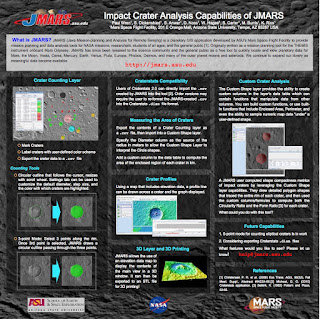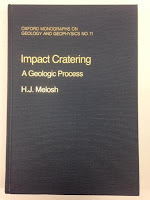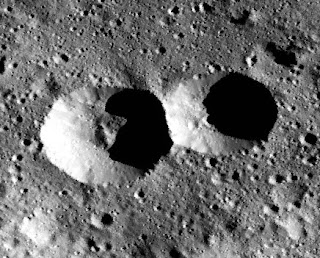About
As part of my master's thesis, I am studying doublet craters (simultaneous, adjacent impacts of two bodies) on the Dwarf Planet Ceres, using imagery captured by the Dawn spacecraft. It is my hope that learning more about these impact events can help constrain the frequency, sizes, and orbital characteristics of binary asteroids in the Main Belt. I look forward to doing similar work using Dawn images of 4 Vesta, the second-largest asteroid in the Solar system. I plan to use this blog to accomplish a few things: Document my scientific journey Share information I find about doublet craters and binary asteroids throughout the Solar system Give myself an additional reason to keep reading articles related to my research I make no guarantees as to the frequency or regularity of posts... my personal history would indicate that posts will come in bumper harvests separated by fallow periods. Enjoy! Paul Wren



